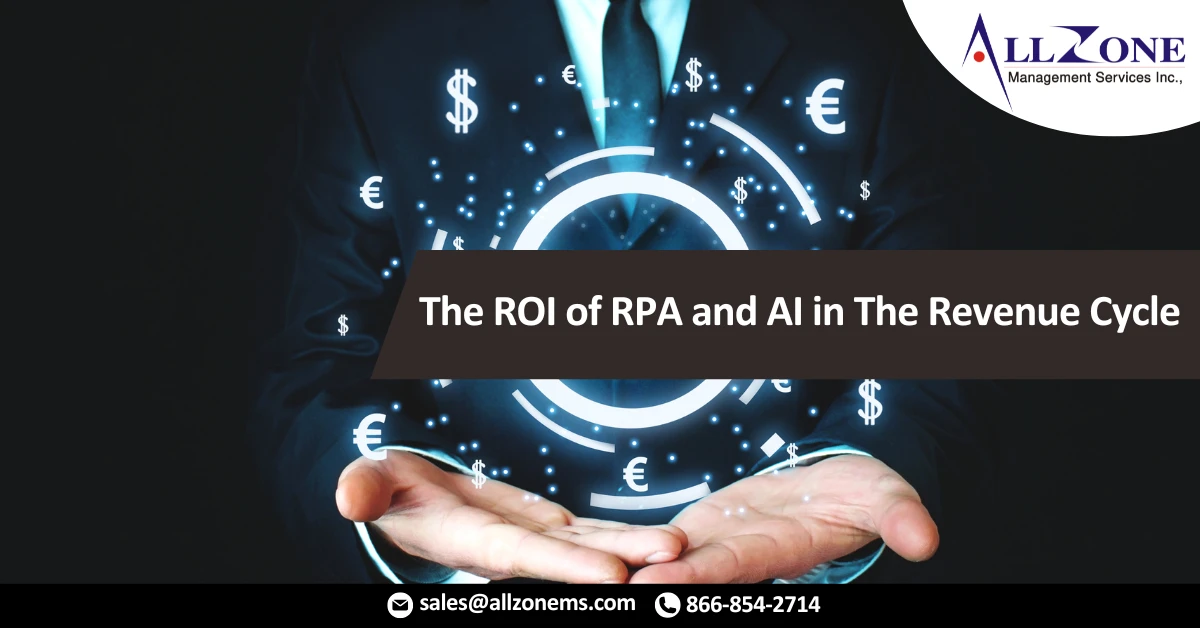HBI data reveals that the rate of hospitals or health systems that have implemented artificial intelligence for any revenue cycle function has not widely increased over the past year, but automation in healthcare has shown some forward movement in comparison. Based on the conversations revenue cycle analysts have conducted with HBI members over the past year, some leaders are holding out for their peers to show the return experienced as opposed to being the first to assume the risks that come with new technological development. Although, it likely has just as much to do with cost. Acknowledging that AI solutions are costing hundreds of thousands of dollars in initial investment, some leaders have noted that automation, particularly robotic process automation, at this point provides similar applications for approximately the same results given the state of technology ready for sale for the revenue cycle.
The following shares a couple of the case studies, and the featured organization’s evaluation of return, having begun initial implementations of RPA and AI in the revenue cycle to help provide the HBI membership community with insight into what they may be able to expect from these solutions in the current state. While leaders may find that these solutions absorb menial tasks from staff, the ultimate goal of such a result is to make their work more efficient and effective or to reallocate that staff time to more complex functions.
Use Case 1: One Midwestern health system implemented robotic process automation with the help of a vendor to scrub payer portals and check the status of pending claims. The first noticeable result was that the RPA process was able to apply a paid status to a range of 25-30% of claims. This means staff had 25-30% less in their work queues.
Expecting its hospital follow-up representatives to complete 12 claim status checks per hour, leaders decided from the very beginning that the solution would need to perform at that same level. Given that associates work eight hours in a shift, that meant the solution would need to consistently check 96 claims per day to save one FTE.
If the vendor saved the health system at least 5 FTEs, the implementation would be considered a success. So far, the solution has brought a savings of six FTEs on the hospital billing team alone as of June, and an additional 10 FTEs were saved by the end of 2019, for a total of 16 FTEs across the hospital, professional, home care, and reference lab billing teams.
Use Case 2: A health system in the Southwest implemented a vendor-provided machine-learning solution that runs algorithms that evaluate clinical documentation and clinical data within the medical record and organizes cases by the highest level of opportunity first. This is now how CDI specialists organize their reviews.
This solution fed into an electronic query process, and as such, the organization’s overall query rate increased from 12-15% to 27-35%, which confirms the solution’s success in appropriately prioritizing complex, high-impact cases. Physician agreement rates and a general increase in documentation accuracy have also been a benefit of the AI.
Those added queries then brought in nearly $3 million in additional revenue—from $9.3 million in initial query impact to more than $12 million. Complications/comorbidities, as well as major complications/comorbidities, also have been more accurately captured as a result, increasing on average by approximately 4% for both medical services and surgical services.
More specific and representative documentation can have many subsequent benefits for a health system, and its patients. The organization has been able to improve patient safety indicators and avoid a greater number of hospital-acquired conditions as a result of more accurate documentation brought about by a more effective CDI program.
For More Information: https://www.healthcarebusinessinsights.com/blog/revenue-cycle/roi-rpa-ai-revenue-cycle/

